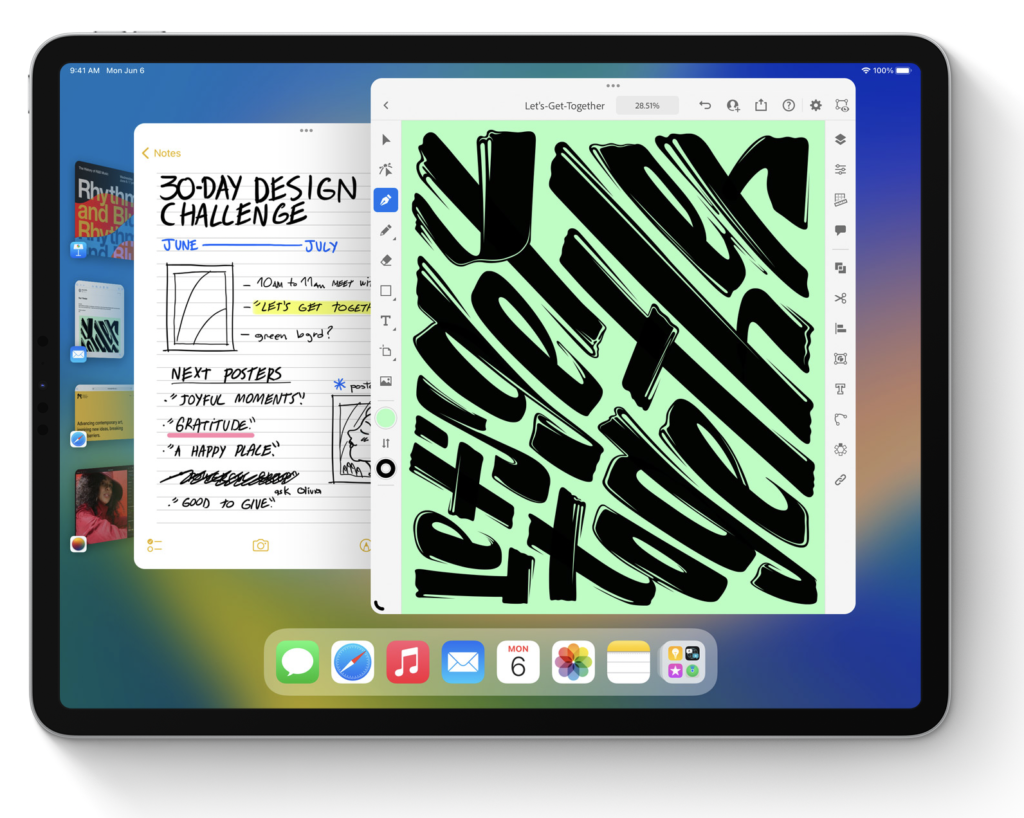Last week Jason Snell and John Gruber weighed in on what they’re doing with their iPads these days. I, too, have a much-simplified relationship with my iPad.
For years, I tried to turn the iPad into a production machine. I still love the idea of sitting down with a piece of glass and getting real work done. But there were just too many hoops to jump through for much of my work. I remember at one point sitting in a meeting as a lawyer while we were discussing the purchase of a company. An accountant in the room sent me ten spreadsheets to review. I had an iPad Pro and thought to myself, “How am I going to keep up with everybody in the room trying to process these files on an iPad?“ The answer, it turns out, is that I didn’t.
The real turning point for me was a dinner conversation with my children. Both were in college and using their iPads and were very happy with them. They explained how they used them to take class notes, work on outlines, and make themselves flashcards. It sounded like an Apple commercial.
I realized as I listened to them that they were using the iPad just like Apple envisions it. They were not looking at edge case uses but instead using it for what it is good at. That is when the switch flipped in my brain, and I changed my relationship with the iPad.
People will tell you that if you’re in a relationship with another human and think you can change them, you’re on a fool’s errand. I feel like the same goes for the iPad. You have to accept it for what it is to enjoy using it.
It’s been several years of me using the iPad as Apple intended instead of as I wanted. I can tell you the relationship is a lot healthier. I still use it all the time (indeed, I am dictating this blog post on my iPad mini.), But I’m not trying to get it to record podcasts or perform any task that requires me to do silly things like setting up server connections or gimmicky Rube Goldberg-based automation schemes.
The iPad remains a production-plus-consumption device for me. I write on it, research on it, and plan on it. But as soon as I meet any significant resistance, I set it down and pick up a Mac.
So, the iPad and I are settled and at peace with one another. I still wish Apple would give the iPad more horsepower. There are many ways Apple could make these devices, which run on Apple silicon, take on Mac-type work. Until then, I’m done swimming upstream. I use my iPad as the maker intended.
Getting back to those posts by Jason and John, I usually bring my iPad mini and MacBook Air when I travel. I generally find nothing I can’t do without those two machines. 

